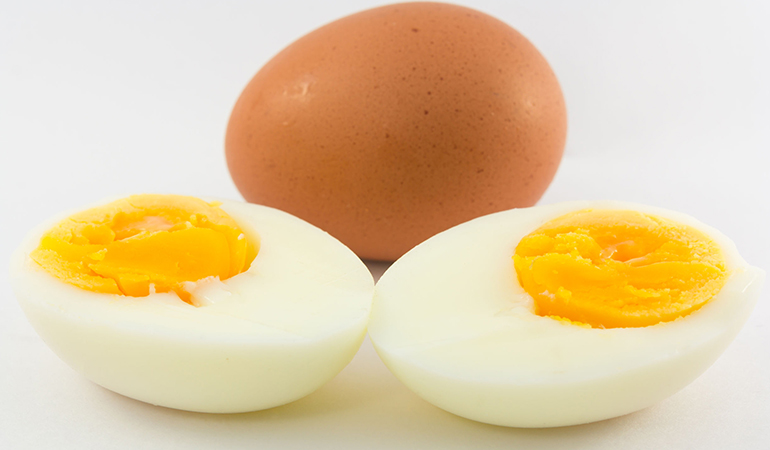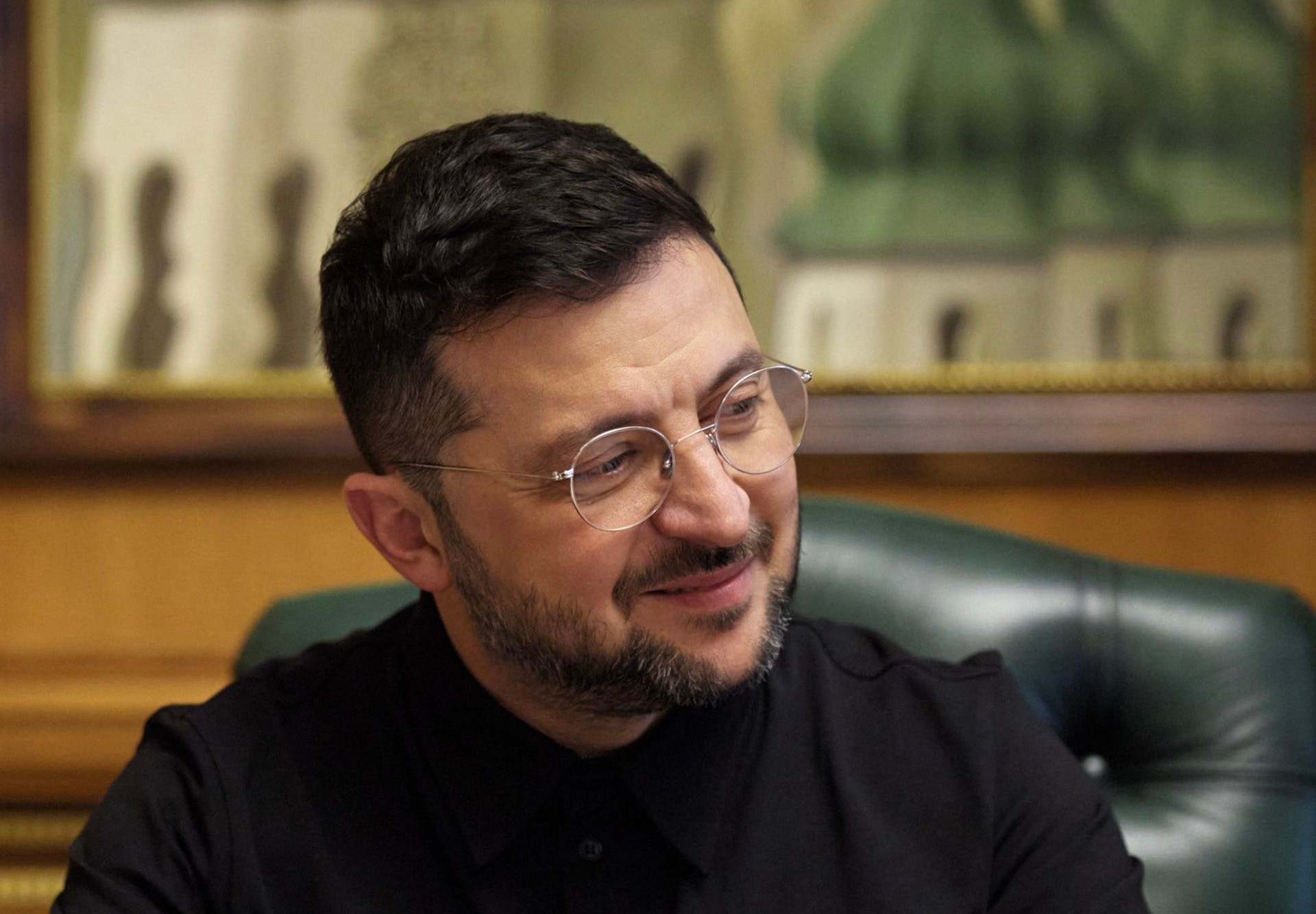Although the technology called in-vitro gametogenesis (IVG) is years away from becoming available for aspiring parents, if successful, it would be a game-changer.

In a scientific breakthrough, US-led team of scientists made early-stage human embryos for the first time by manipulating DNA from people’s skin and then fertilising them with sperm. The innovation is a beaming hope for those who want to overcome infertility due to the biological clock or diseases.
New Technology Can Create Same-Sex Couples Baby
Although the technology called in-vitro gametogenesis (IVG) is years away from becoming available for aspiring parents, if successful, it would be a game-changer. It involves fertilising embryos using any cells in your body as the starting point for life. Paula Amato, the co-author of a new study announcing the achievement, told the media that it would enable older women or women who lack eggs for certain reasons to genetically reproduce.
Amato, a researcher at the Oregon Health & Science University in the United States added, “It also would allow same-sex couples to have a child genetically related to both partners.”
Many scientists are working toward the same goal in this field, but the recent study which has been published in the Journal Nature Communications, made a major advance by using human skin cells, rather than animal testing.
Method: Somatic Cell Nuclear Transfer
Scientists used a technique called somatic cell nuclear transfer to remove the nucleus from a normal skin cell and transfer it into a donor egg. It is the same technique that was once used to clone Dolly the sheep in 1996.
According to the study, researchers faced a challenge while attempting to transfer the nucleus from a skin cell into an egg. However, with a technique called mitomeiosis which mimics the natural process of cell division.
On The Process
Scientists created 82 developing eggs called oocytes, which were later fertilised by sperm via in vitro fertilisation (IVF). Following 6 days, at least 9% of the embryos reached the stage where they could hypothetically be transferred to the uterus for a standard IVF process.
“The biggest hurdle is trying to achieve genetically normal eggs with the correct number and complement of chromosomes,” Amato said. “It’s too early to tell which method will be more successful. Either way, we are still many years away.”
Follow TheHealthSite.com for all the latest health news and developments from around the world.
Subscribe to Our Newsletter Today!














Leave a Reply